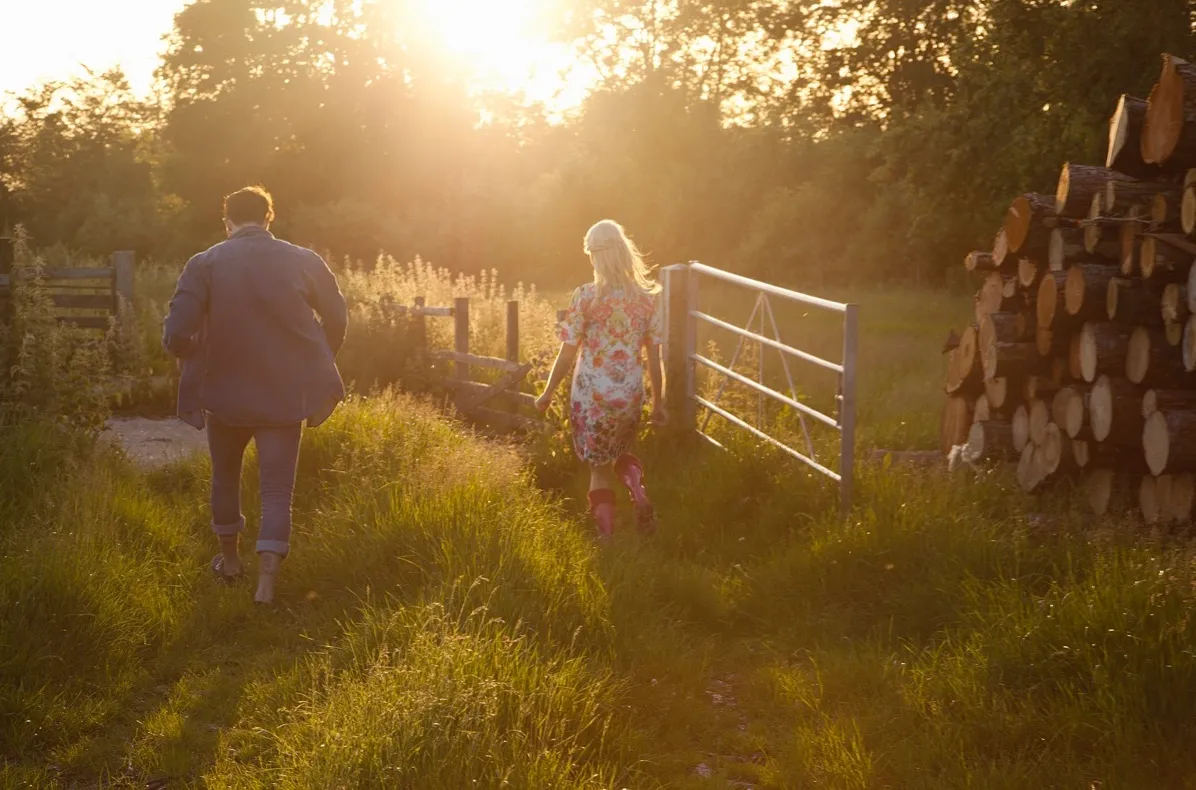The stag beetle, if you have never seen one, is huge – Britain’s biggest land insect. The male, anyway; it measures up to 7.5cm or 3 inches (including those huge horns, or mandibles).
Stag beetles are awesome things to spot – look out for them in gardens, parks, woodland edges, hedgerows and traditional orchards – but these days they are harder to find because they are officially endangered.
“We know stag beetles live in woodlands in mainland Europe, but we don’t know whether they’re living in UK woodlands," explains Laura Bower, Conservation Officer at wildlife charity the People’s Trust for Endangered Species (PTES).
"Although these beautiful beetles are doing well in some parts of the country, in other areas they’re extremely rare and even extinct in some places. It's so important to find out whether our woodlands are home to stag beetles or not, and we want to encourage anyone living near a woodland to keep their eyes peeled when they're out for a walk, perhaps even just walking the dog, and tell us if they spot one of these iconic insects.
“Sadly, like so much of our native wildlife, stag beetles are under threat. Habitat loss is the biggest issue facing these beetles, either when green spaces and woodlands become developed, or when parks and gardens become too tidy and any dead or decaying wood present – which is a vital food source for stag beetles – is removed."

So how can you help?
According to PTES, you can do two things to give these amazing creatures a better chance of surviving.
1. Record stag beetle sightings
The scientists need to know more about stag beetle numbers. So PTES is asking you to go outside from late May into July and record your stag beetle sightings as part of the charity’s annual Great Stag Hunt. The information will help build a clearer picture of the plight of the species.
Stag beetles are usually spotted in gardens, parks, hedgerows, traditional orchards and allotments. This year, PTES is particularly interested to receive sightings of stag beetles in woodlands.
To get involved, simply record your sightings at stagbeetles.ptes.org

2. Make your garden stag-beetle friendly
• Make a log pile Sounds simple? It is. But these days many gardeners tidy up all the scruffy bits that the wildlife tends to love (log piles are also great habitat for other invertebrates and hedgehogs). Once your log pile is built, record its location online at stagbeetles.ptes.org.
• Leave dead wood in your garden. Instead of tearing out old stumps and tidying up dead wood, leave them alone. They will provide food and shelter for stag beetles and their larvae.
• Think stag! Check your lawn for stag beetles before mowing, urges the PTES. If you see a dead-looking beetle in water, take it out, as it may still be alive. If you have a pond or water feature, make a simple ramp into the so that any stag beetles that tumble in have a chance of hauling themselves out again.
PTES even suggest making the effort to scare away magpies before they feast on the beetles. And finally – keeping keep your own pets indoors during warm evenings when stag beetles are flying.

